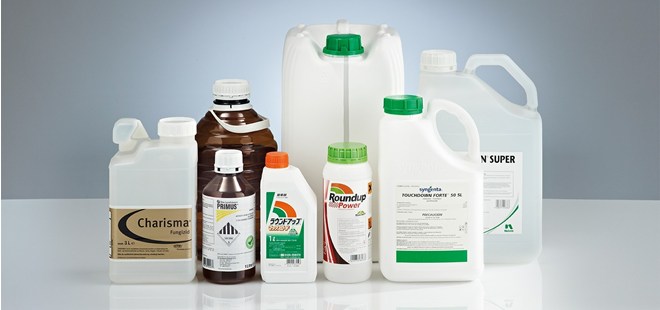Packaging of products offers amazing grounds for product branding. An unpackaged chemical is likely to go rancid quickly; therefore, it’s advisable to package your chemical appropriately. Whether for the chemical commercial or personal uses, you want to save money – packaging is a significant way of doing it since there are no wastages.
Chemical packaging contributes to adequate hygiene when handling the chemical. Packaging is quite a salesperson, and chemical packaging is not an exception. It will help your chemical from physical damage. It simplifies storage and offers convenient delivery of the chemical. The information on the packaging is a powerful communication tool for the seller and the consumer, e.g., expiry and manufacturing date, weight, ingredients, usage directions, etc.
Chemical packaging is a process that requires step by step procedure for you to do it the right way possible. Follow the following steps when packaging chemicals:
- Learn the Hazard Transportation Method
Every product always has a safety data sheet indicating the product’s hazards and safety precautions. You get the safety data sheet (SDS) of your product from your manufacturer or supplier. The SDS differs depending on the hazardous level of the chemical. Following the UN set standard rules, below is how UN standard rules recommended chemicals packaging.
- UN X is ideal for packing Group 1 and below. This is the perfect package for high-danger chemicals.
- UN Y is suitable for packaging Group 2 and below. It is recommended for averagely hazardous chemicals.
- UN Z is safe for packaging group 3 and lower. This is recommendable for less dangerous chemicals.
You can also use the appropriate shipping name; to avoid hazard class and four digits ID.
- Study the hazardous materials Table on the SDS of your Product
From the table, you will learn the quantity limitations when packaging. Quantity limitations are the utmost portion of chemicals for a single package when transporting hazardous chemicals. Limiting the number of dangerous substances is paramount since it somehow determines your safety.
You will also find helpful information on the table, special provisions or exceptions, and proper packaging. Quantity exceptions refer to mass specifications of your chemical. Chemical packaging with quantity exceptions must have a label.
- Mark and labels the Chemical Products
After picking the appropriate packaging and determining the weight, it is time to label and mark your chemical package. This is a crucial packaging stage since you share your product information through labeling. Labeling and marking your packaging contributes to more efficiency.
The labels will indicate how to use the chemical, actions to take if it’s damaged e.t.c. Relevant information on the label is pretty crucial. Security and safety are of the essence when packaging; impact label alerts in case your product is being mishandled. The impact labels are ideal for pharmaceutical products since they are sensitive.
Always remember to label the chemical packaging with an identification number and shipper’s information. Orientations arrows and correct shipping name markings are relatively important.
- Shipping Paper Preparation
Shipping paper has detailed information about the hazardous chemical you are transporting. Below are some of the significant details on the shipping paper;
- Hazard class
- Packing group
- Shipper’s certification
- Emergency Contact
- Packaging type and number of packages
Conclusion
Hazardous chemicals are anything that jeopardizes the life of a human being. Packaging materials high depends on the type of your chemical. Make use of the SDS of your know the hazard transportation of your chemical. Study the table on the SDS to learn the quantity limitations and exceptions. After you are done with packaging, Consider preparing a shipping paper sheet.


